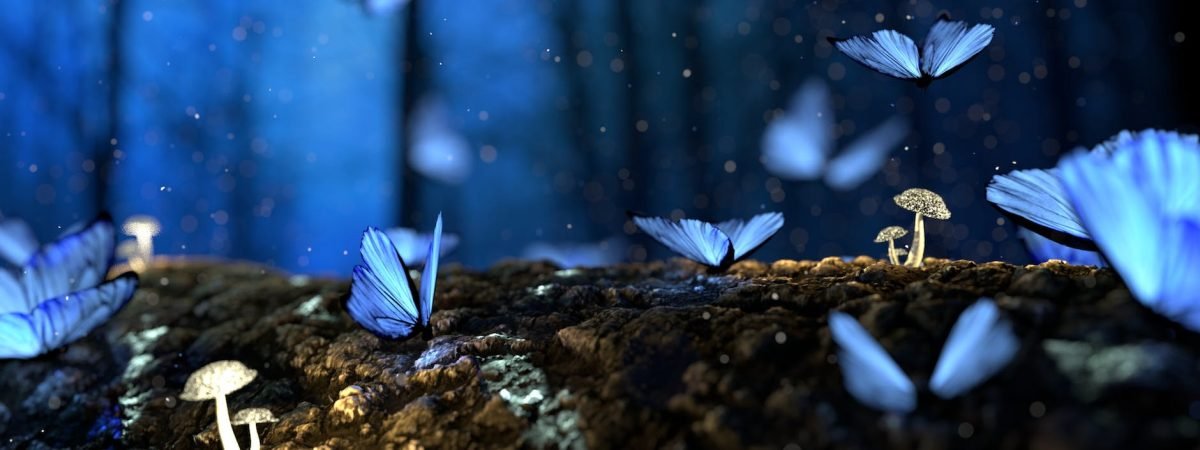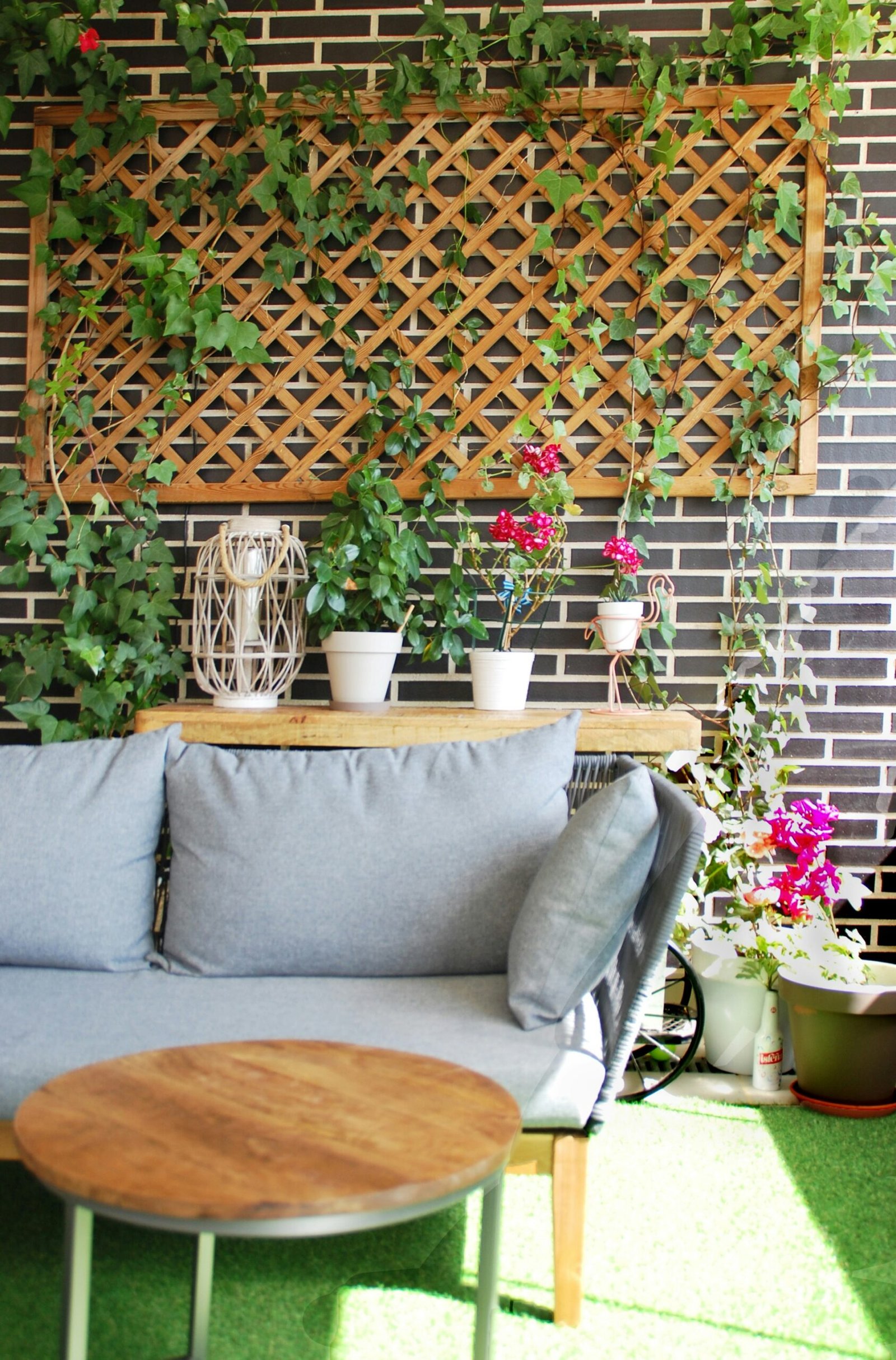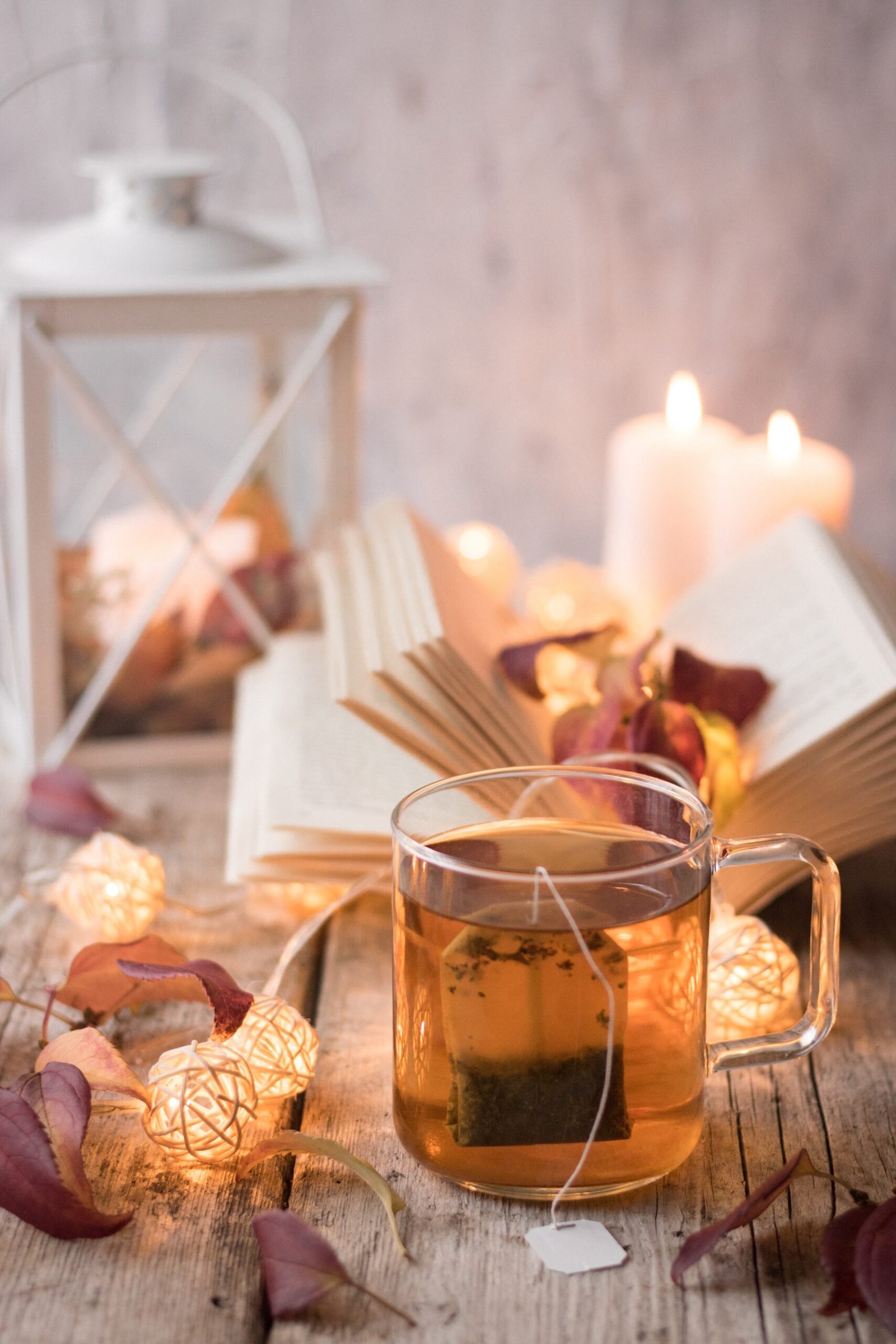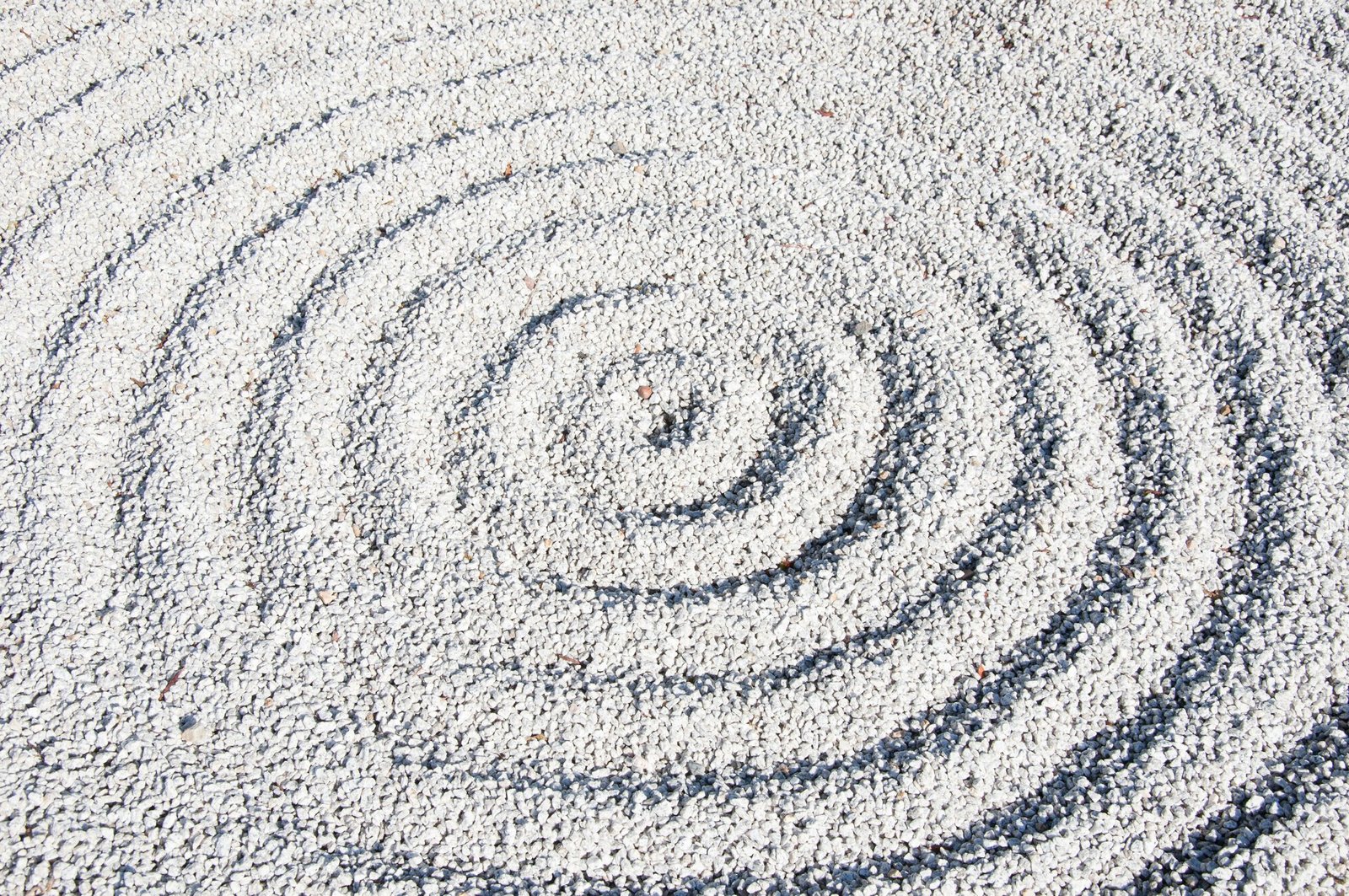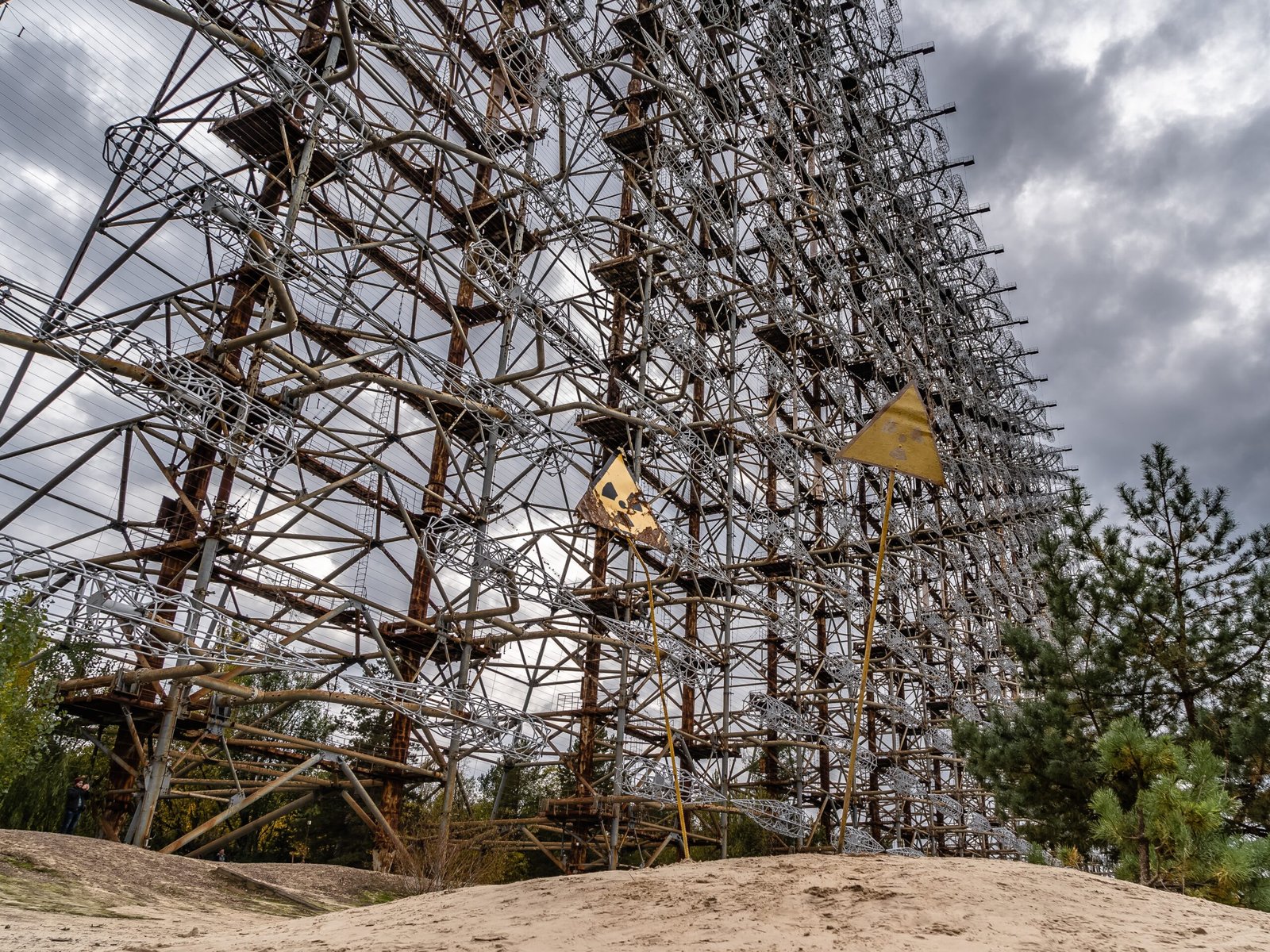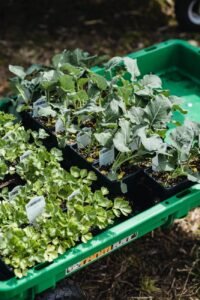Gardening for Wildlife: Attracting Birds and Butterflies
Creating a wildlife-friendly garden is not only a rewarding experience for you as a gardener, but it also provides a vital habitat for birds and butterflies. By incorporating specific plants and features into your garden, you can attract these beautiful creatures and contribute to their conservation.
Choosing the Right Plants
One of the key elements in attracting birds and butterflies to your garden is selecting the right plants. Native plants are the best choice as they are adapted to the local climate and provide food and shelter for local wildlife. Choose a variety of plants that bloom at different times of the year to ensure a continuous food source for birds and butterflies.
Some popular plants for attracting birds include sunflowers, coneflowers, and berry-producing shrubs. Butterflies are attracted to nectar-rich flowers such as butterfly bush, milkweed, and asters. Planting a mix of flowering plants, shrubs, and trees will create a diverse and inviting habitat for wildlife.
Providing Water Sources
In addition to food, birds and butterflies also need a water source. Adding a birdbath or a shallow dish filled with water can attract a wide range of bird species. Butterflies, on the other hand, prefer shallow puddles or damp sand where they can drink water and extract minerals.
Make sure to keep the water source clean and change the water regularly to prevent the spread of diseases. Adding a few rocks or pebbles to the water source can also provide perching spots for birds.
Creating Shelter
Shelter is another important aspect of a wildlife-friendly garden. Birds need places to nest and seek protection from predators. You can provide nesting boxes or birdhouses for different bird species. These should be placed in quiet areas of the garden, away from human activity.
Butterflies require sheltered spots to rest and hide from predators. Planting dense shrubs or creating butterfly-friendly habitats such as rock piles or log piles can provide shelter for these delicate creatures.
Reducing Chemical Use
Using pesticides and herbicides in your garden can be harmful to birds and butterflies. These chemicals not only kill pests but also eliminate beneficial insects that serve as a food source for birds and butterflies.
Consider using organic gardening methods and natural pest control techniques to minimize the use of chemicals in your garden. Encouraging natural predators such as ladybugs and lacewings can help keep pest populations in check.
Enjoying the Benefits
Creating a wildlife-friendly garden not only benefits the birds and butterflies but also provides you with a peaceful and beautiful outdoor space. Watching birds fluttering around, listening to their songs, and observing butterflies gracefully landing on flowers can be a source of joy and relaxation.
So, why not transform your garden into a haven for birds and butterflies? By choosing the right plants, providing water sources and shelter, reducing chemical use, and enjoying the benefits, you can create a thriving habitat for wildlife right in your own backyard.

